Photos have emerged showing the extent of the destruction at Morozovsk Air Base, in Russia’s Rostov region after it was struck by Ukrainian forces late last week, an incident you can read more about here. Earlier satellite imagery had confirmed that the base had been hit, and a secure storage site in its northwest corner was badly damaged. Now we can see that, as the Ukrainian Armed Forces General Staff had suggested, the airfield’s weapons storage facility was indeed obliterated.
The series of photos showing the aftermath of the attack on Morozovsk appeared on social media, presumably leaked by one or more of the personnel at the air base or those involved in the salvage effort afterward.
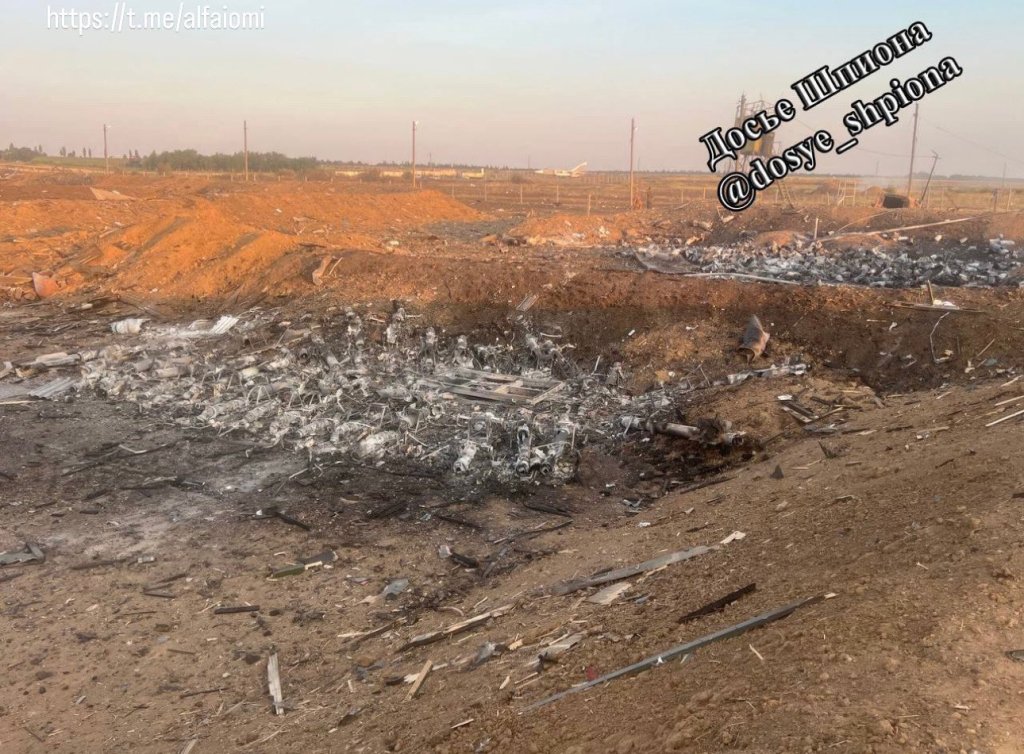
The scale of the damage is significant, with almost the complete destruction of the secure weapons storage area, with none of the previous structures left standing.
What is left behind are remnants of air-launched munitions and other stores carried by Russian tactical jets — primarily the dozens of Su-34 Fullback strike aircraft, but also other forward-deployed Flanker-series fighters — that operate from the airbase. The significant quantity of munitions stored here also appears to have led to major secondary explosions elsewhere on the base.
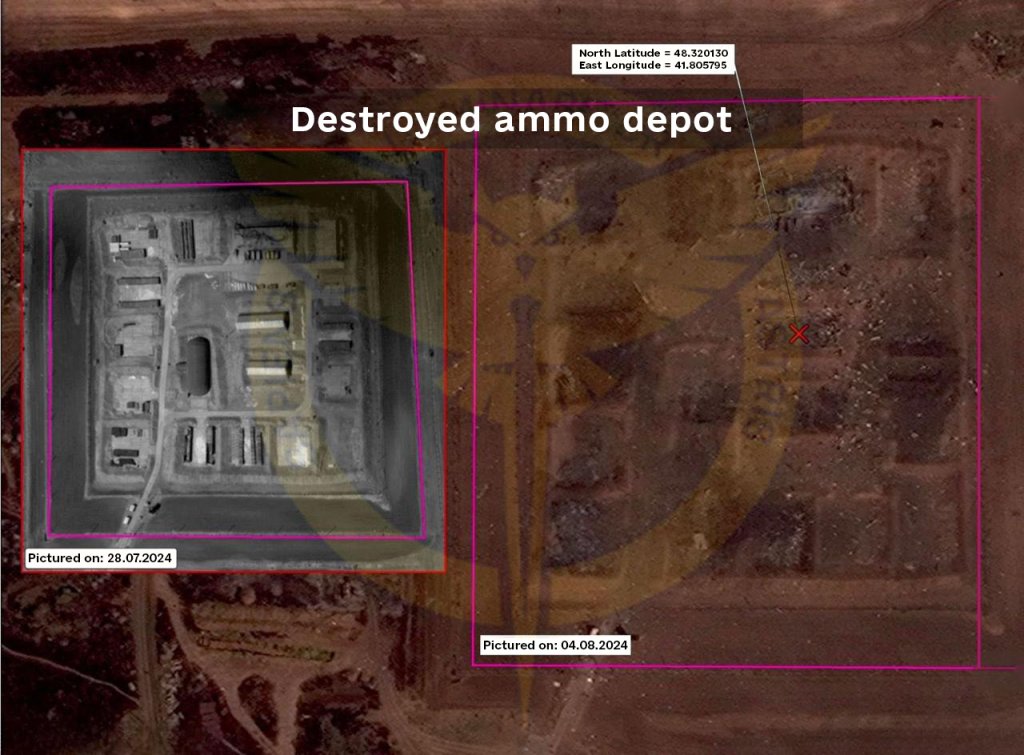
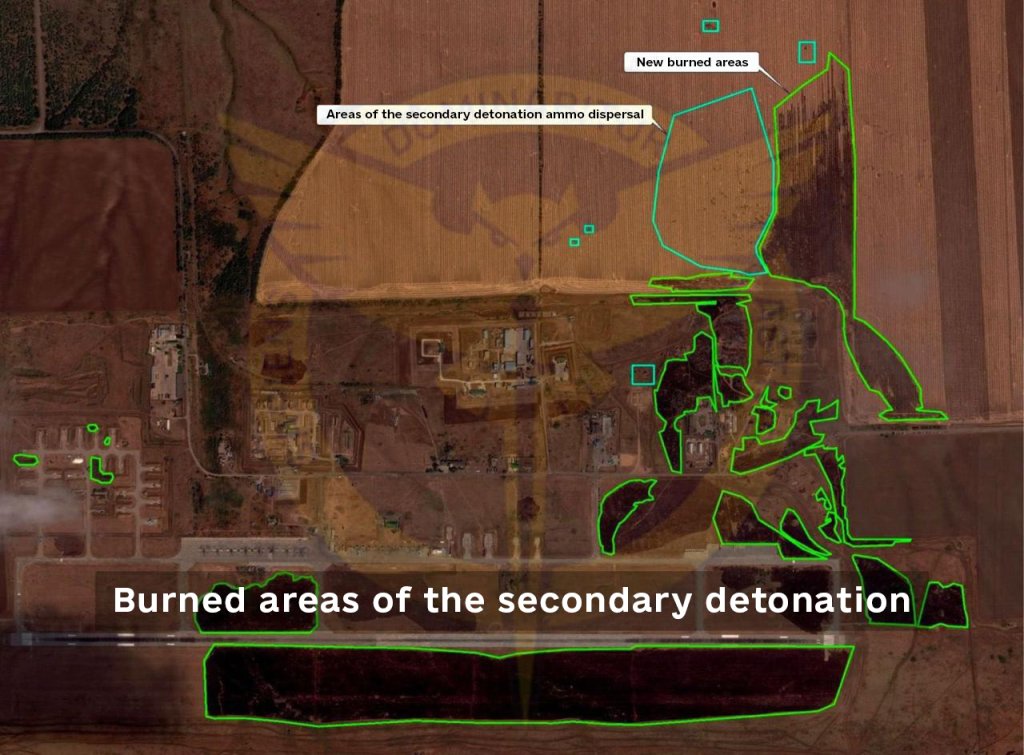
In particular, there are examples of the KAB-1500L laser-guided bomb, a weapon that is far from new, but which is only rarely seen. Fitted with a semi-active laser seeker, the KAB-1500L — which is available in a number of subvariants — is a notably heavy precision-guided weapon, with a nominal weight of over 3,300 pounds.
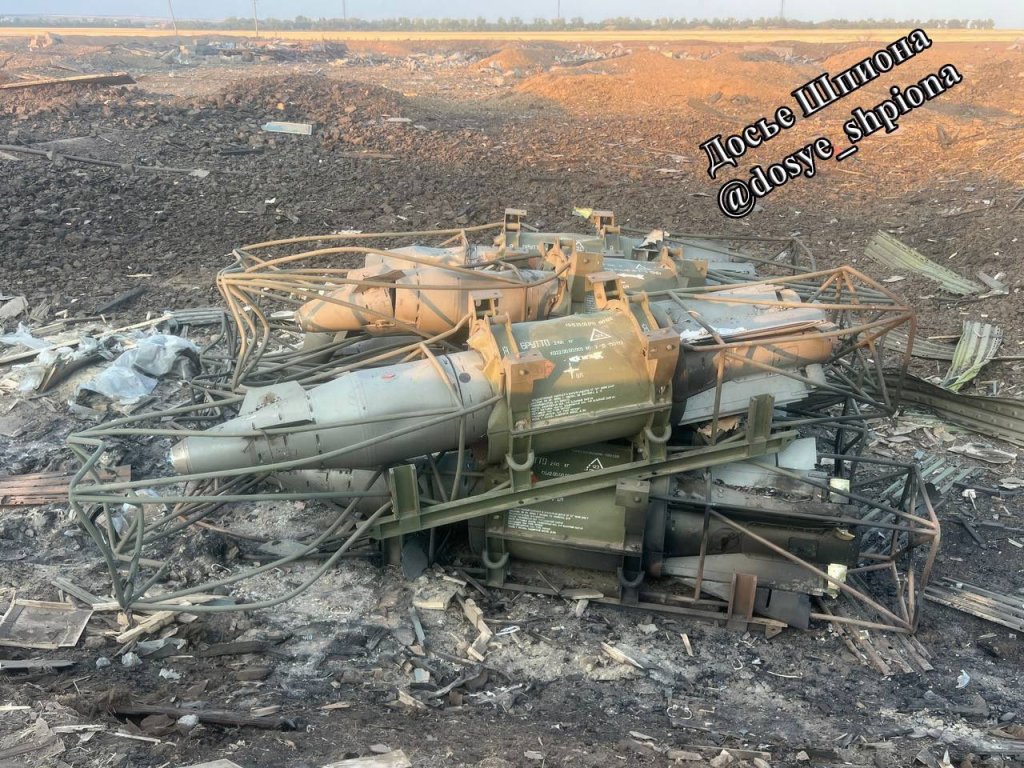
Unguided munitions include examples of the standard FAB-500M-62 1,100-pound high-explosive bomb and the ODAB-500 fuel-air explosive (thermobaric) bomb. These freefall weapons have been very widely employed by Russia in its war in Ukraine and both have also been adapted with precision-guidance/glide kits for improved accuracy and extended range.
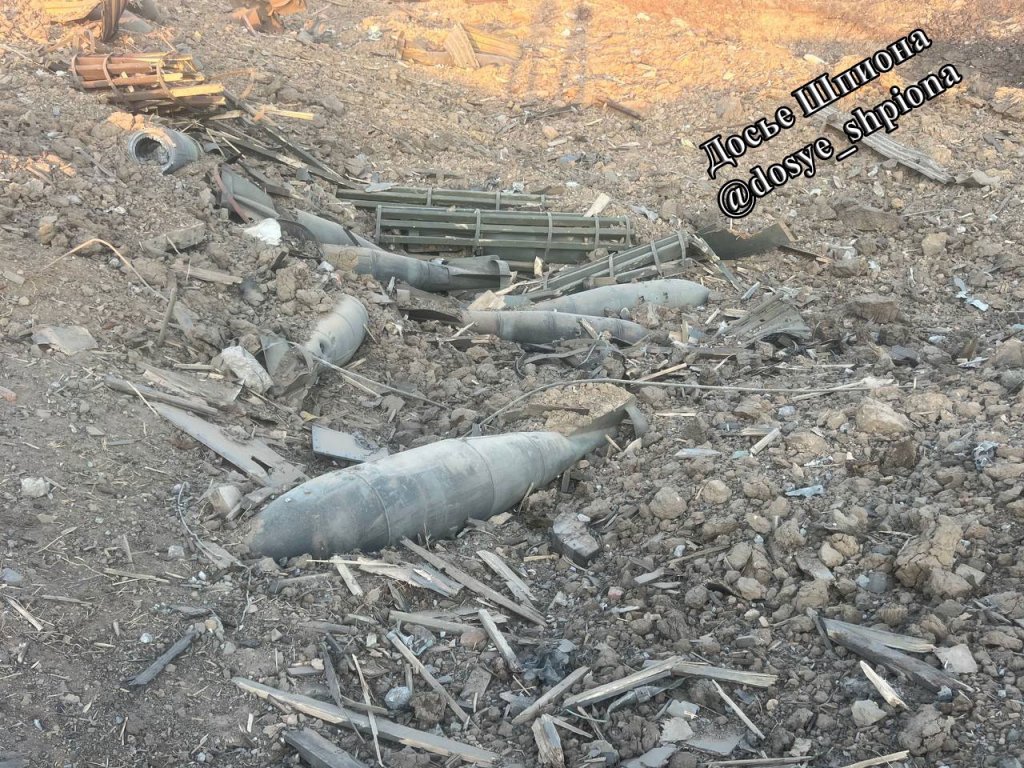
It also appears that at least some of the remnants of aircraft bombs are examples of the P-50 series of training stores, rather than weapons for frontline use. Chief among these is the P-50T, which is used for crew training and generating both a light signal and smoke on impact.
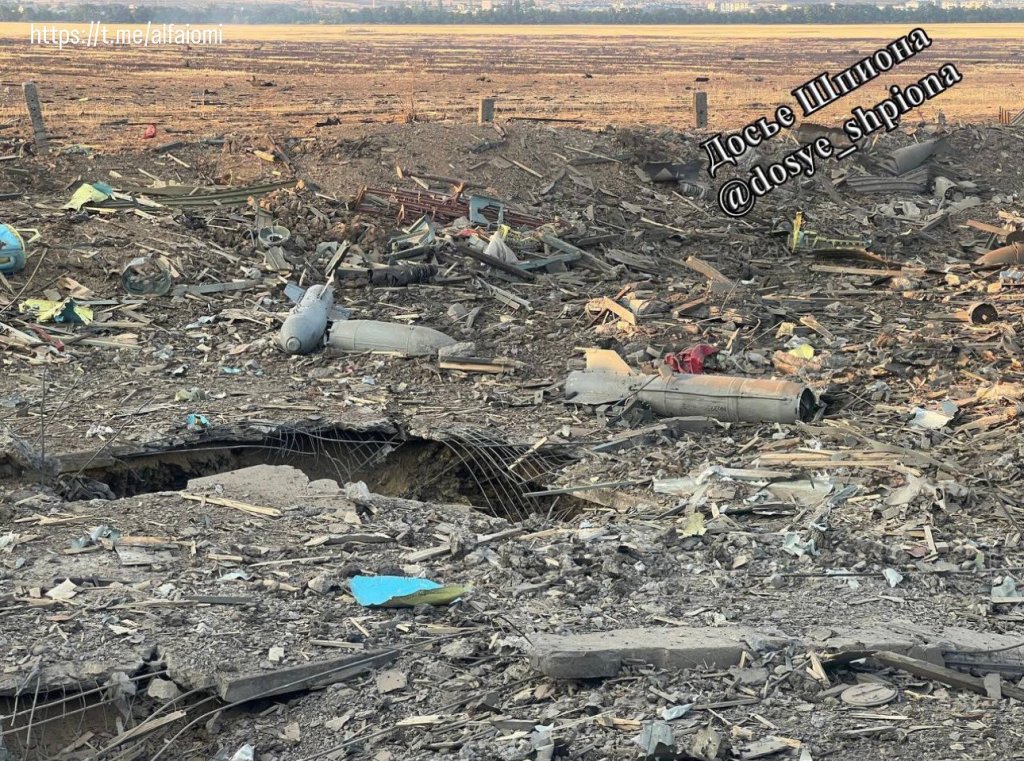
There is also evidence of defensive stores used by the Su-34 (and other aircraft types), namely the R-73 (AA-11 Archer) heat-seeking air-to-air missile and the Khibiny wingtip-mounted electronic warfare pod, which you can read more about here.
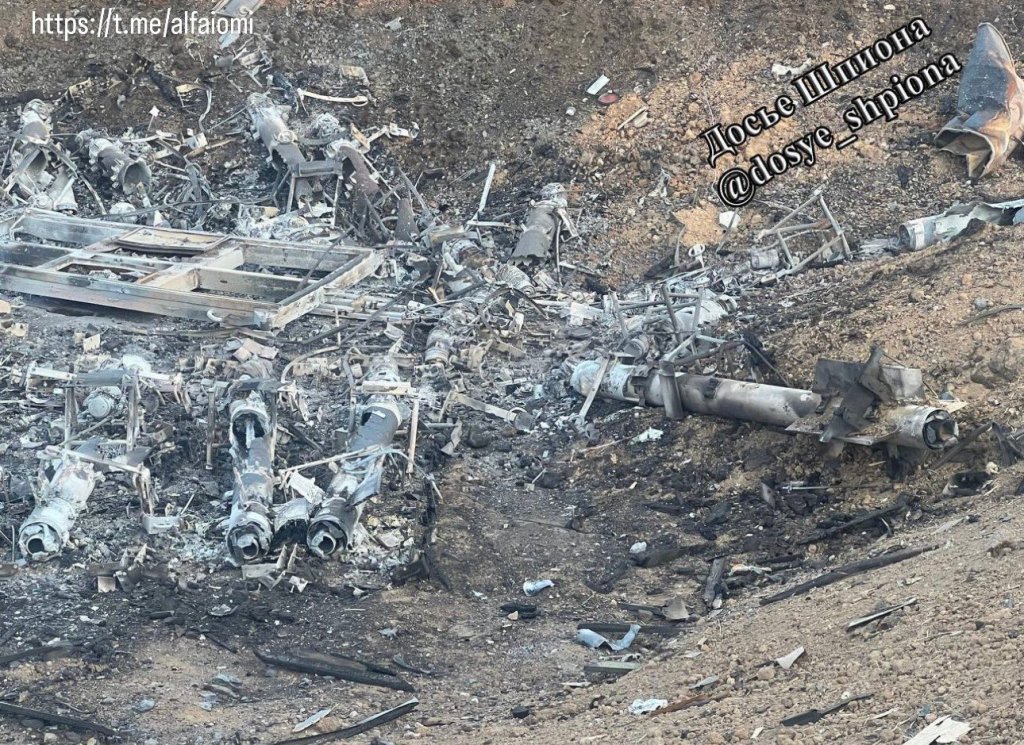
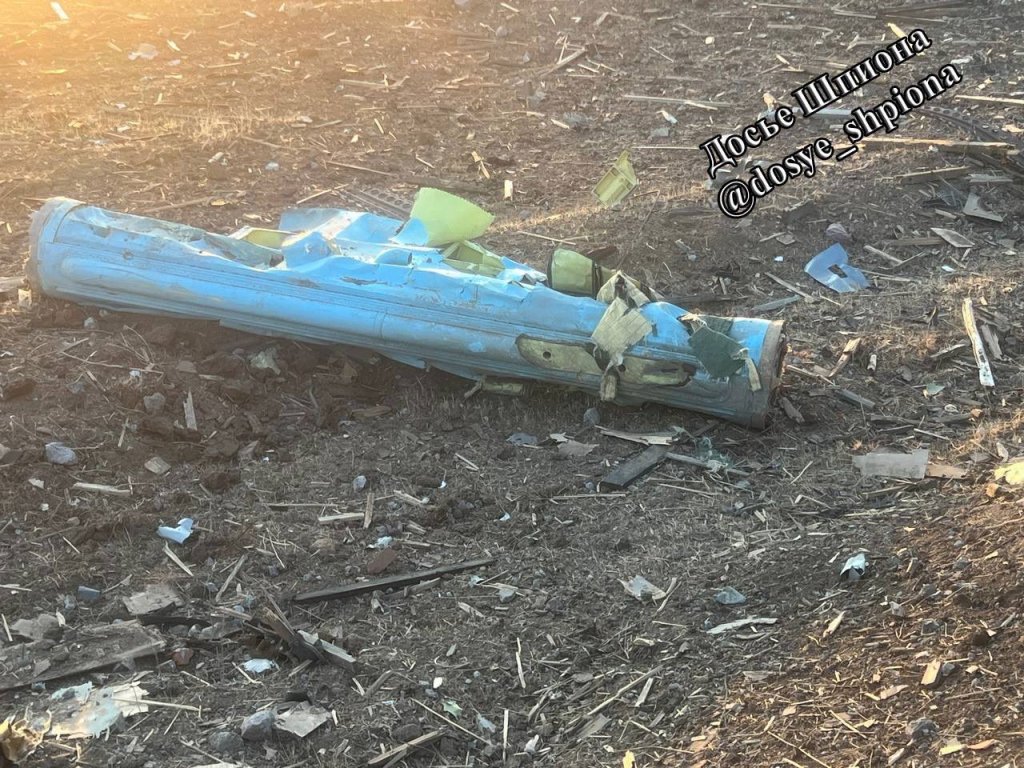
The Ukrainian Ministry of Defense claims that a Su-34 was also destroyed in the attack, with another damaged, pointing to satellite imagery showing a different area of the vase as confirmation of this, although the limited resolution means this can’t be confirmed.
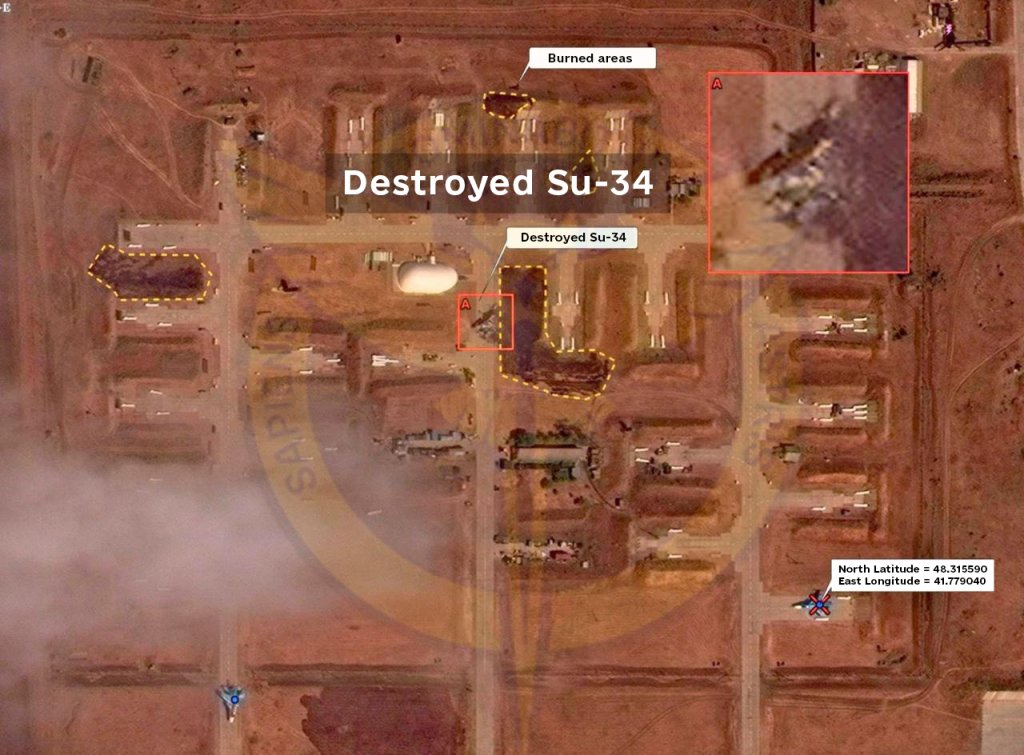
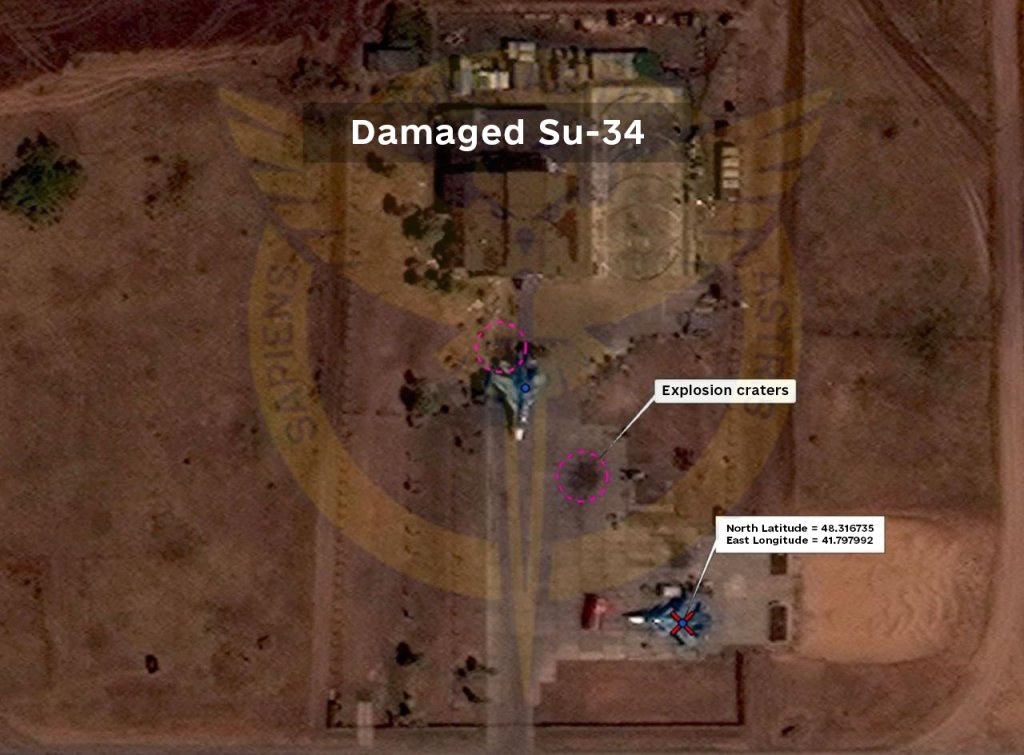
The attack on Morozovsk Air Base, which is understood to have involved long-range one-way attack drones, was announced by the Ukrainian Armed Forces General Staff on Saturday.
“Hits were recorded in warehouses with ammunition, where, in particular, guided aerial bombs were stored,” the General Staff said on Telegram. “Information regarding the destruction of air defense equipment and enemy aviation equipment is being clarified.”
The General Staff said the attack was carried out by the Ukrainian Defense Intelligence Directorate (GUR), the Security Service of Ukraine (SBU), and the Ukrainian Armed Forces.
In our previous coverage of the strike, we examined satellite images that showed signs of extensive grass fires as well as damage around the weapons storage area.
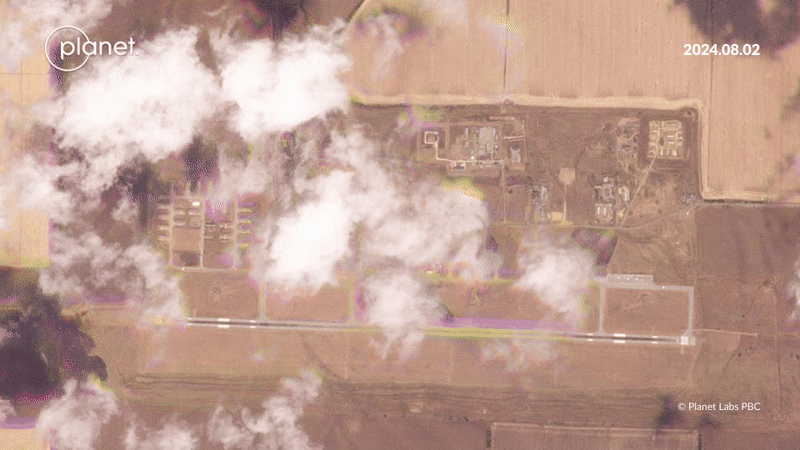
Located around 150 miles from the front lines, Morozovsk Air Base has come under repeated attack by Ukrainian drones, with at least three such operations mounted in the last three months.
The latest attack on Morozovsk continues Ukraine’s campaign of drone strikes — as well as sabotage activities — directed against different Russian air bases, especially those that are playing a major role in the Ukrainian war.
For a long time now, attacks of this kind have been prioritized by Ukraine as a way of hitting back against Moscow as it maintains its own missile, drone, and airstrike offensive against Ukraine.
Clearly, the weapons storage facility at Morozovsk represented a very valuable target for Ukraine, not only depriving Russia of vital air-launched ordnance but also triggering secondary explosions that left considerable destruction in their wake.
UPDATE:
New video showing the Su-34 that was destroyed in the attack and another angle of the initial fireball when the storage facility went up:
Contact the author: thomas@thewarzone.com
